Knowing your Hardiness Zone in the Midwest
Breaking down the multicolored USDA hardiness zone map into a personal level in your garden.
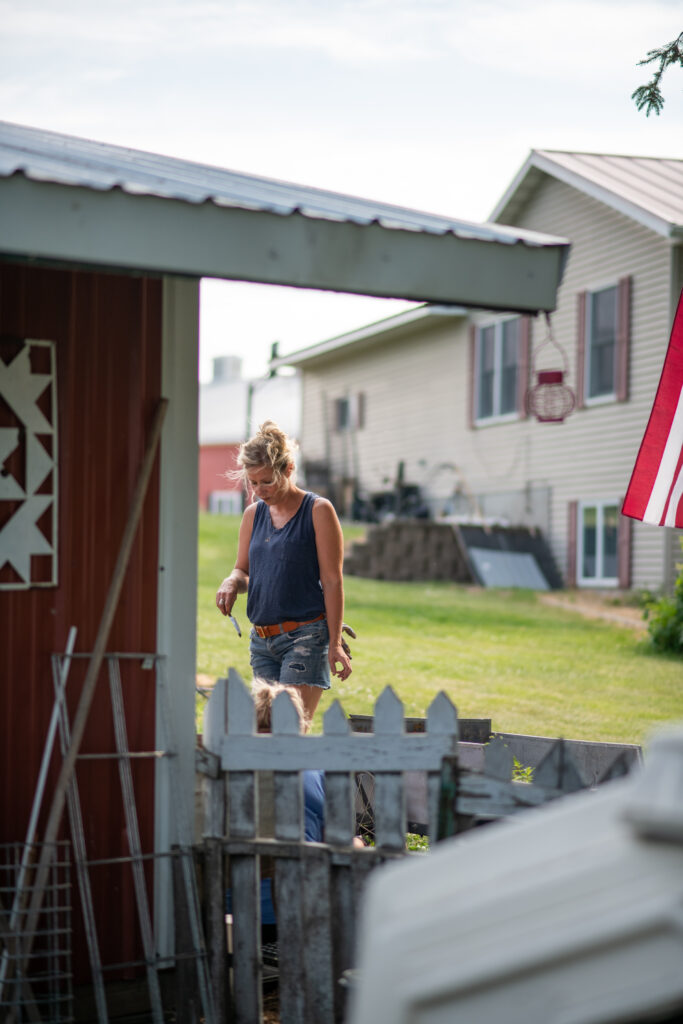
What is a hardiness zone?
“What is the hardiness zone in [insert state]?” – a phrase common to gardeners and farmers alike … but what is it?
A hardiness zone (also known as plant hardiness zone, gardening zone, or USDA planting zone) classifies all of the states in the U.S., ranging from 1a to 13b. These classifications are set by the USDA (U.S Department of Agriculture) based on the “average annual minimum winter temperature”. This USDA map lets us gardeners know which plants, specifically perennial plants (plants that will grow back every year), will grow and thrive in our zip code. This is different from annual plants or “annuals” that require re-planting every season.
More factors affect plant growth, including light, soil moisture, and humidity. However, the classifications you will see in the hardiness zone map focus on the temperature of that geographic area.

Midwest Hardiness Zones
The Midwest ranges from 3a to 8a. Here in Southeastern Minnesota, we are a “4b”. Again, this classification is based on the average annual minimum winter temperature.
Temperatures of each hardiness zone in Degrees Fahrenheit
| 3a: -40 to -35 |
| 3b: -35 to -30 |
| 4a: -30 to -25 |
| 4b: -25 to -20 |
| 5a: -20 to -15 |
| 5b: -15 to 10 |
| 6a: -10 to -5 |
| 6b: -5 to 0 |
| 7a: 0 to 5 |
| 7b: 5 to 10 |
| 8a: 10 to 15 |
Hardiness zones in each Midwest State
| North Dakota: 3b, 4a, 4b |
| South Dakota: 4a, 4b, 5a, 5b |
| Nebraska: 4b, 5a, 5b, 6a |
| Kansas: 5b, 6a, 6b, 7a |
| Minnesota: 3a, 3b, 4a, 4b, 5a |
| Iowa: 4b, 5a, 5b, 6a |
| Missouri: 5b, 6a, 6b, 7a, 7b, 8a |
| Wisconsin: 3b, 4a, 4b, 5a, 5b, 6a |
| Illinois: 5a, 5b, 6a, 6b, 7a |
| Michigan: 4b, 5a, 5b, 6a, 6b |
| Indiana: 5b, 6a, 6b, 7a |
| Ohio: 6a, 6b, 7a |
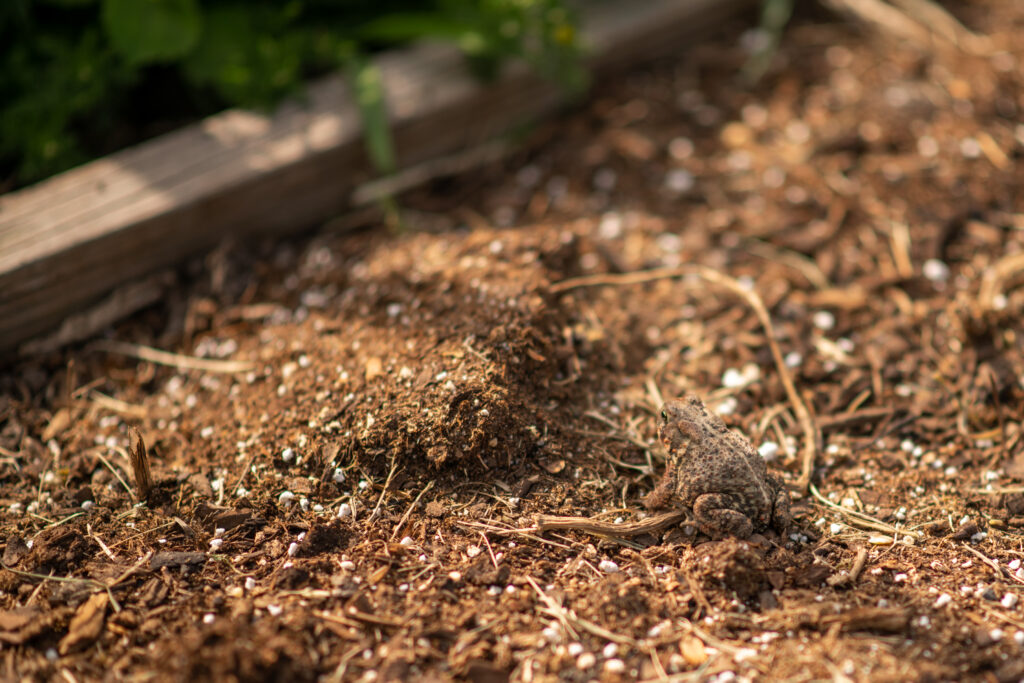
What does each Hardiness Zone mean? A Breakdown
When looking at what each zone means, these numbers are effective in determining which perennial flowers and plants will thrive in your geographic location. An important part of this is the first and last frost dates.
3a and 3b
This is the coldest classification the Midwest faces (average winter lows of -40 to -30). As an average, the last frost date is in May, and the first frost date is in September. These plants can hold up against the harsh winters in these areas and thrive in a shorter growing season.
4a and 4b
Zone 4 takes up a large portion of the upper Midwest states. The average last frost date lands in late April to early May, and the first frost date is late September to early October.
5a and 5b
Like Zone 4, Zone 5 occupies the upper Midwest. The last frost date can be expected in mid to early April, and the first frost in mid-October.
6a and 6b
The classification of Zone 6 spans across the lower Midwestern States. The last frost is seen in early to mid-April, and the first frost is in mid to late October.
7a and 7b
Reaching towards the southern states, Zone 7 is an indicator of warmer average temperatures. The last frost can range from late March to early April, and the first frost may not be seen till mid-November.
8a
This is the warmest classification the Midwest sees (average minimum temperature ranging between 10 and 15 degrees). The last frost is expected early to mid-March, and the first frost can land in mid to late November.
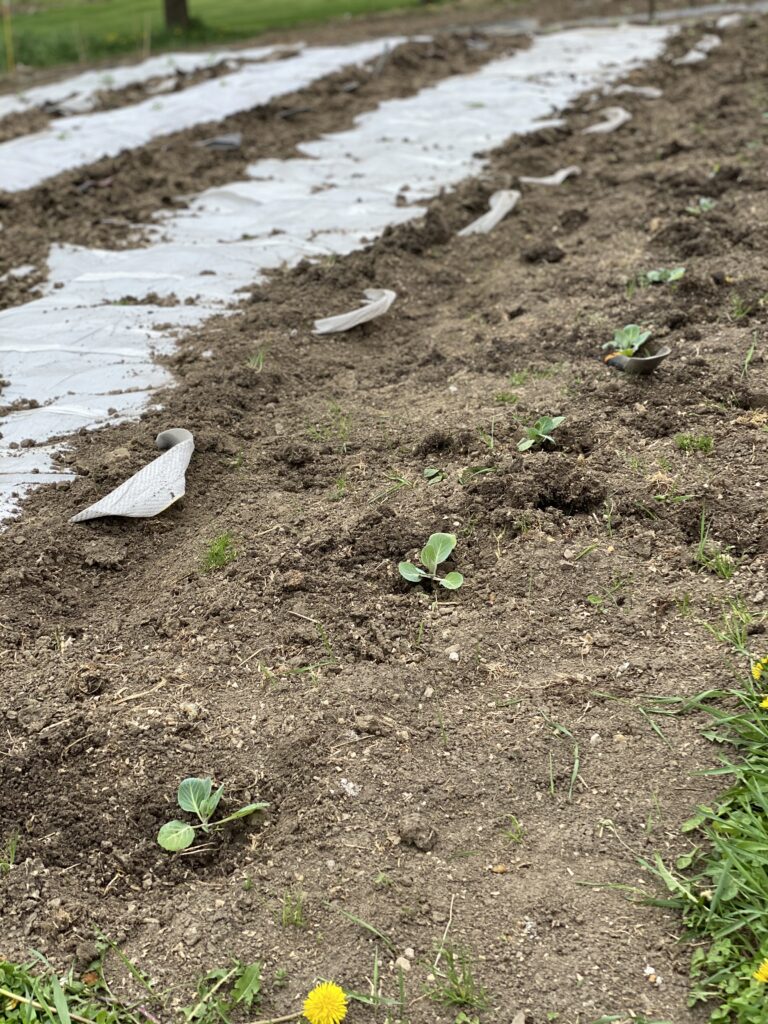
Soil, Sunlight, and Overlapping Perennials
What plants are perennials in each zone?
We Midwest states can claim many similarities in the plants we can call perennials. Despite Zone 3 and Zone 8 having a 55 degree difference between average minimum winter temperatures, many plants can withstand both of these zones and every zone in between.
What makes this possible?
- Soil type. The Midwest has 3 main types of soils: Alfisols, Entisols, and Mollisols. For a more in-depth soil rundown click the link here.
- Sunlight. All of the Midwest states get nearly the same amount of sunlight per year give or take.
- Temperature. While Zone 3 can reach lows that far surpass Zone 8, plants growing in the Midwest all have a tolerance for cold winters.
Some common perennials that can grow in all zones between 3 and 8: Hostas, Bleeding hearts, Sedums, Irises, Geraniums, Bee Balms, Peonies, Cosmos, Amaranth, and Phlox.
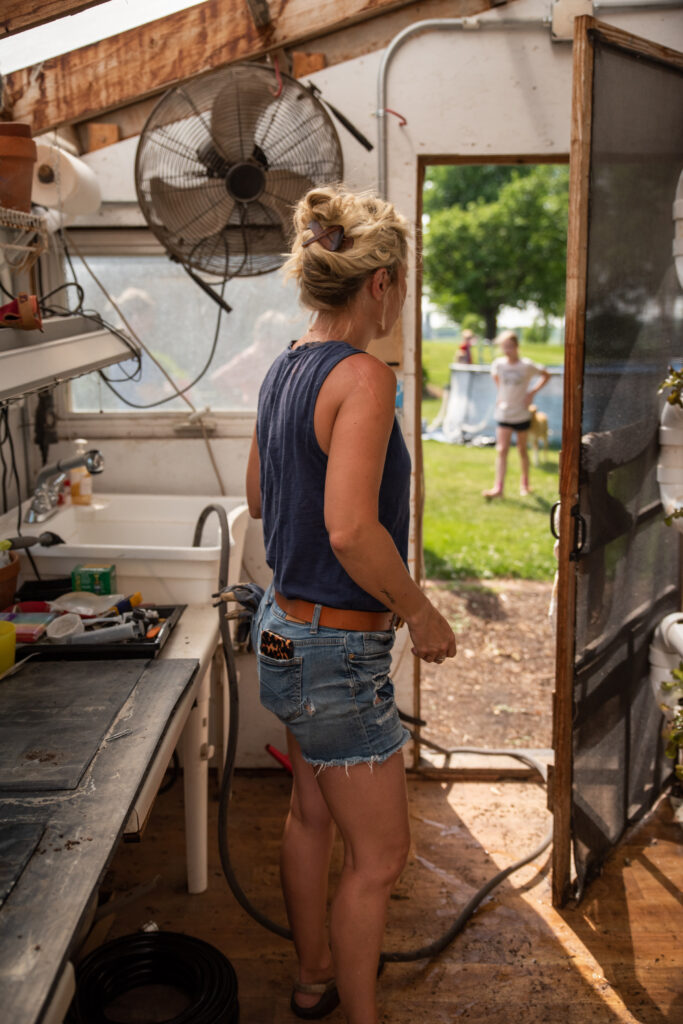
What does this mean?
When buying seeds, you will see a map and a growing zone distinction printed on the back of the packet. This will tell you the optimal time of year to plant these seeds and where they can be planted. When planning out your planting schedule for perennials in your garden, this map is an essential guideline. Use it to your advantage for all of your gardening practices.
Although we are focusing on the Midwest, it’s important to point out that freezing temperatures aren’t the only point of restriction – sometimes a zone can be too hot or dry for a plant. For example, if you are moving from Wisconsin to Arizona you will have to give up growing Asters in your front yard, but you can still keep your Daylilies!
The USDA hardiness zones are a guide that should be considered and followed for the success of your garden! Happy Planting!

Pin for Later
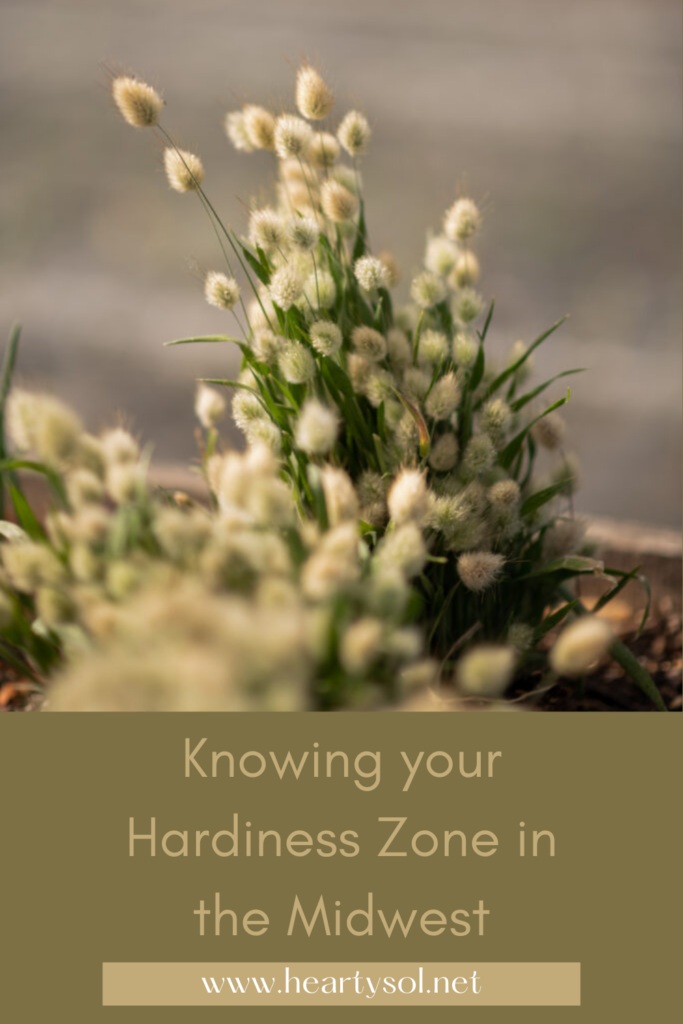
Check out our other Gardening Blogs
The Ultimate Guide to Soil Blocking: A Sustainable Seed Starting Method
The Best Tools and Resources for Successful Soil Blocking
How to Make the Best Soil Block Mix for your Seedlings
Top 12 Most Used and Favorite Garden Tools
How to Make Composted Rabbit Tea
How to Care for an Outdoor Rabbit | Bunny 101
Outdoor Garden Rabbit Guide | The Benefit of Keeping a Backyard Rabbit
The Best Way to keep your Garden Weed Free: Ruth Stout Method
How to make your own Carrot Seed Tape

Affiliate Disclosure & Content Disclaimer
This post may contain affiliate links from a paid sponsor, Amazon or other program. When you use these links to make a purchase I earn a small commission at no extra cost to you. This allows me to continue creating the content that you love. The content in this article is created for information only and based on my research and/or opinion.
Emily T.
DAILY INSPIRATION ON THE GRAM @hearty.sol
it's hip to be square!
View comments
+ Leave a comment